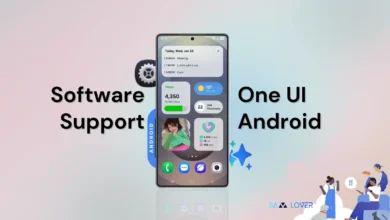
Samsung is out of the race, as Google is considering stopping working with it for the custom Tensor chipset that powers Pixel smartphones.
The Korean tech giant has been working with Google to help develop the custom Tensor chip and manufactures these chips in its foundry. However, this seems unlikely to continue for future Tensor chips, as Google is increasingly eager to reduce its reliance on Samsung.
According to a new report, Google is looking forward to replacing Samsung’s Exynos modems on its Tensor chips with MediaTek next year. This means that Google’s next Tensor G6 chip will be based on MediaTek M90.
Google powered its new Pixel 10 series device with the Tensor G5 chipset, which is manufactured by Samsung’s rival company TSMC. Previously, Google used Samsung’s Exynos modems, and that may also be set to change next year.
Reportedly, Google will completely end its reliance on Samsung to manufacture its next-generation Tensor G6 chipset and even ditch its idle 2nm capacity to go with TSMC’s 2nm process. It’s highly anticipated that this move will impact Samsung’s semiconductor business, which has been struggling lately.
Apart from the chipset production, Samsung and Google share a strong bond and will continue to work closely together in other major segments, for instance, software, artificial intelligence, and XR headsets.



